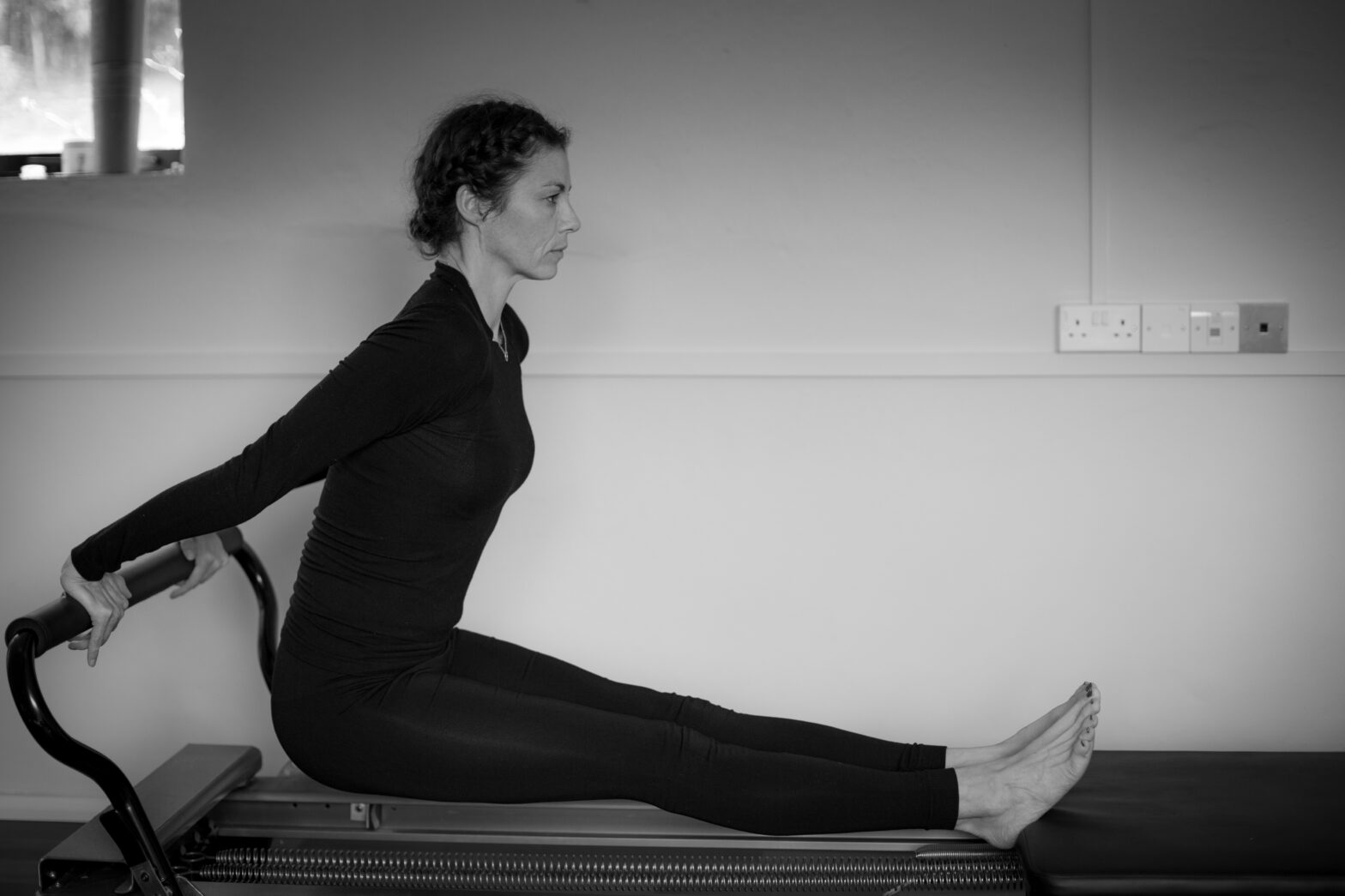Pilates Equipment Part One: The Reformer
Over the next few months we’ll be taking a look at the various types of equipment used in Pilates. Arguably one of the most popular machines is the reformer, but what are its origins and why is it so beneficial for us?
The reformer then and now
It is perhaps no surprise that the reformer was invented by the Pilates founder himself – Josef Pilates. During a brief stint as a nurse, he encouraged patients to try rehabilitative resistance exercises by attaching springs and straps to their hospital beds. This evolved into a whole framework – or apparatus – being erected above the bed with various attachments that could be manipulated. From there, the reformer was born.
Today, however, the reformer is a highly versatile exercise machine which comes in many shapes and sizes, either for use in the studio, or as portable versions which can be used at home.
The modern reformer has a bed-like frame which supports a cushioned carriage that is able to rock back and forth on small wheels. The carriage is attached to one end of the reformer via a set of springs, which can be added to or taken away depending on the resistance level required as you push and pull yourself along on the carriage. A built-in shoulder block, or headrest, prevents you falling off the carriage mid-exercise. There is also an adjustable footbar – as well as adjustable straps – both of which can be used by the feet or the hands to strengthen various parts of the body.
Reaping the rewards of the reformer
A reformer can be used for a variety of different reasons. It can be used to improve strength, as the springs are great for resistance work, just like weights are. It can also be used to improve flexibility and is great for those with limitation in their movements. Therefore, it is ideal for rehabilitating the body post-injury, as It can support and assist with exercises that would be difficult to do on the mat.
Breathing is important in Pilates as it can help with stability, balance and control. Therefore, the reformer is always used conjunction with breathing techniques.
Who can use a reformer?
Anyone can benefit from using a reformer. At mytime, we work with quite a few people who have had hip replacements, or shoulder pathologies, as you can work so specifically, but also safely, using the equipment.
We also work with triathletes and rugby players who need a more challenging workout, yet also need a safe environment in which to train. These exercises normally focus on a balance between improving mobility, flexibility and strength. However, the latter is usually already there, so we tend to focus more on improving mobility, and surprisingly, poor core stability in many cases.
Exercises on the former
You can work on the reformer in sitting, standing or lying positions, hence there is an endless number of exercise variations. Some of the more popular exercises include feet in straps, footwork (seated and in lying position), and the short box series.
Footwork is good place to start a routine, especially for beginners who haven’t used the machines at all. It can be a weird feeling when the carriage you are lying on suddenly starts to move – but it is also a good warm-up exercise for more advanced users. As we remind all of our clients, tempting as it is, it’s never a good idea to rush into the more advanced exercises until your body and mind are fully prepared. Instead, we follow a specific order of exercises which may start with footwork or lying positions, before progressing onto more seated or even standing exercises on the reformer.
Next time, we’ll focus on some of the other apparatus we use during our equipment classes. In the meantime, for those of you who are new to the reformer, or would simply like to explore it some more, we have some dedicated classes coming up in August. To find out more, or to book your space today, email beatrix@mytimepilates.co.uk.
We hope you enjoy using our reformer and if there are any new techniques you’d like us to try together, do let us know!
